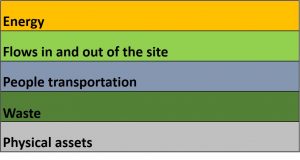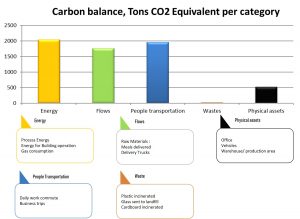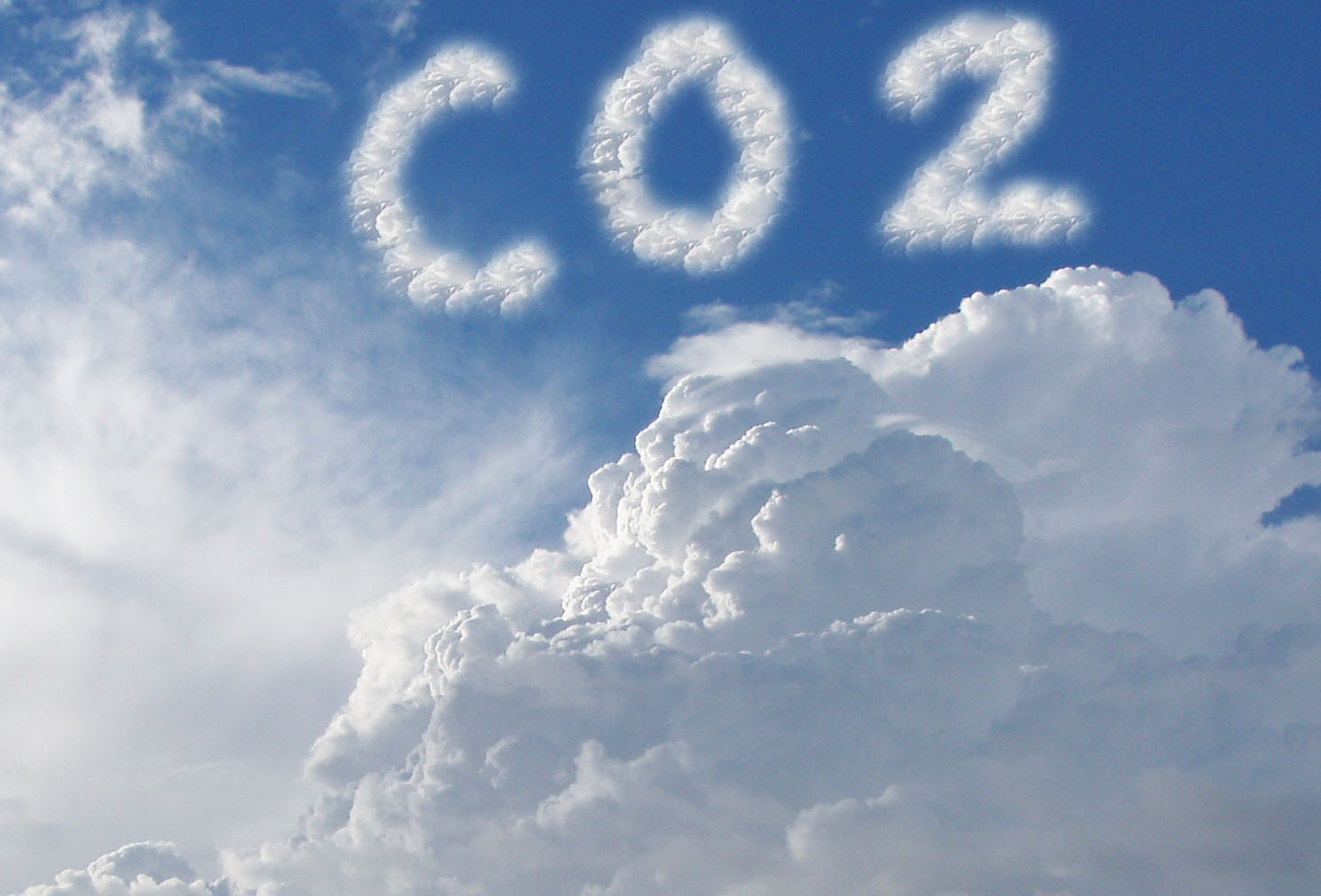The Carbon Footprint Methodology
The carbon footprint of an entire site could be done using different methodology such as the French Bilan Carbone® approach or the Green House Gas Protocol approach. At TERAO we are used to working with the French methodology.
The Bilan Carbone® approach is designed for all types of organizations and is compatible with other standards, such as the ISO 14064 standard and the GHG Protocol.
The main target of Bilan Carbone is to estimate greenhouse gas emissions and to offer actions to reduce these emissions. Through this method we will not consider other environmental impacts such as Global warming, Acidification or Ozone depletion as we do for an LCA; you can refer to our LCA-related topic article.
The greenhouse gases that could be taken into account are the ones below:
- CO2, which lasts 100 years in the atmosphere
- CH4, which lasts 10 years in the atmosphere
- N2O, which lasts 100 years in the atmosphere
- CnHnFn, which lasts from a few weeks to several centuries
- CnF2n+n, which lasts from several centuries to several millennia
- SF6, which lasts several millenniums.
The effect of the emission of 1kg of greenhouse gas is different for each gas. Every gas has a global warming potential (GWP), that defines the impact of the gas on the climate.
The results in this methodology are expressed in kg or Ton of CO2 equivalent, which includes all the emissions from all the above greenhouse gases. The equivalent makes the results easier to understand.
How does it work?
Firstly, it is important to list the several emissions sources by themes, as defined below:

Energy
Every type of energy consumption is considered for the analysis, from the basic utilities to the complex process if there is one. Then it is based on the energy mix of the country.
Flows in and out of the site
The flow of raw materials delivered onsite as well as the fleet to deliver them are considerate.
Transportation
The flow of persons/workers/customers entering on-site is considered in this part.
Waste
The amount of waste generated and put into landfills or incinerated is considered.
Physical assets
The physical assets have embodied energy, which is the energy used to produce the buildings; you can refer to our article Low Carbon-related topics.
Conversion factors
The factors that are used to convert a given unit (equipment, flow, etc) to its CO2 emission counterpart. These factors are essential to the final results and depend a lot on the country considered, as each country has different types of energy, with different carbon content, different quality of gasoil (vehicles), and so on, which impact the final result. The most important data is the carbon content of the energy in China, as it is highly carbonated due to the predominant use of coal.
As an example:
As an example, it is possible to have the following reputation for an entire site:

In this case, we notice that one of the main sources of carbon emissions is energy consumption. The best way to reduce is to implement sustainability solutions for energy efficiency; please refer to our article Energy efficiency related topics.
Carbon Footprint and TERAO
TERAO is pushing the way to control and reduce the carbon emissions of assets through Carbon Footprint Analysis and technical solutions. If you want to learn more about the French Bilan Carbone® approach or another Carbon Footprint method and better understand your environmental impact, feel free to contact us at nieong@teraochina.cn for further information. We would be pleased to assist you.




4 Comments
Awesome post I reallly enjoyed reading this 🙂 Keep up the good work!
There’s certainly a lot to know about this topic.
I like all the points you made.
It is appropriate time to make some plans for
the future and it is time to be happy. I’ve
read this post and if I could I wish to suggest you few interesting things or advice.
Perhaps you could write next articles referring to this article.
I desire to read more things about it!
What’s up to all, it’s truly a nice for me to go to see
this site, it consists of helpful Information.